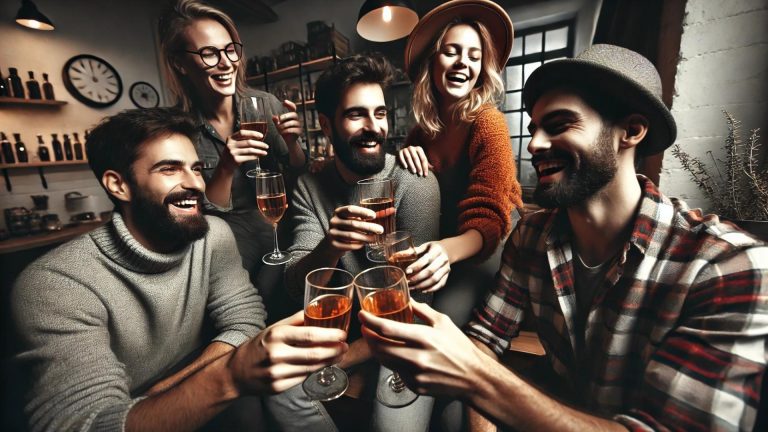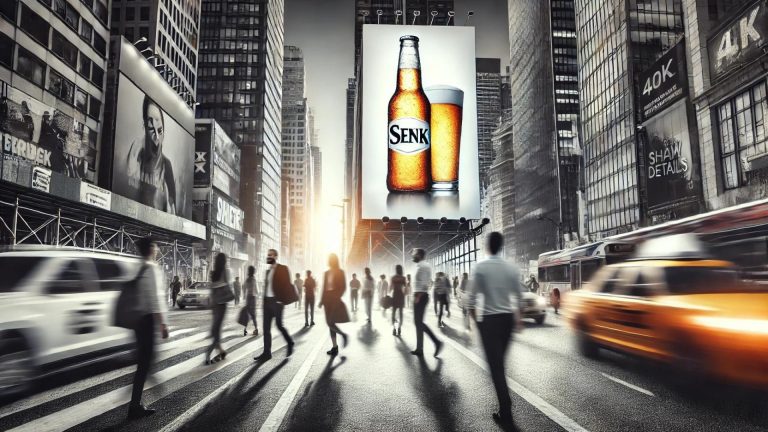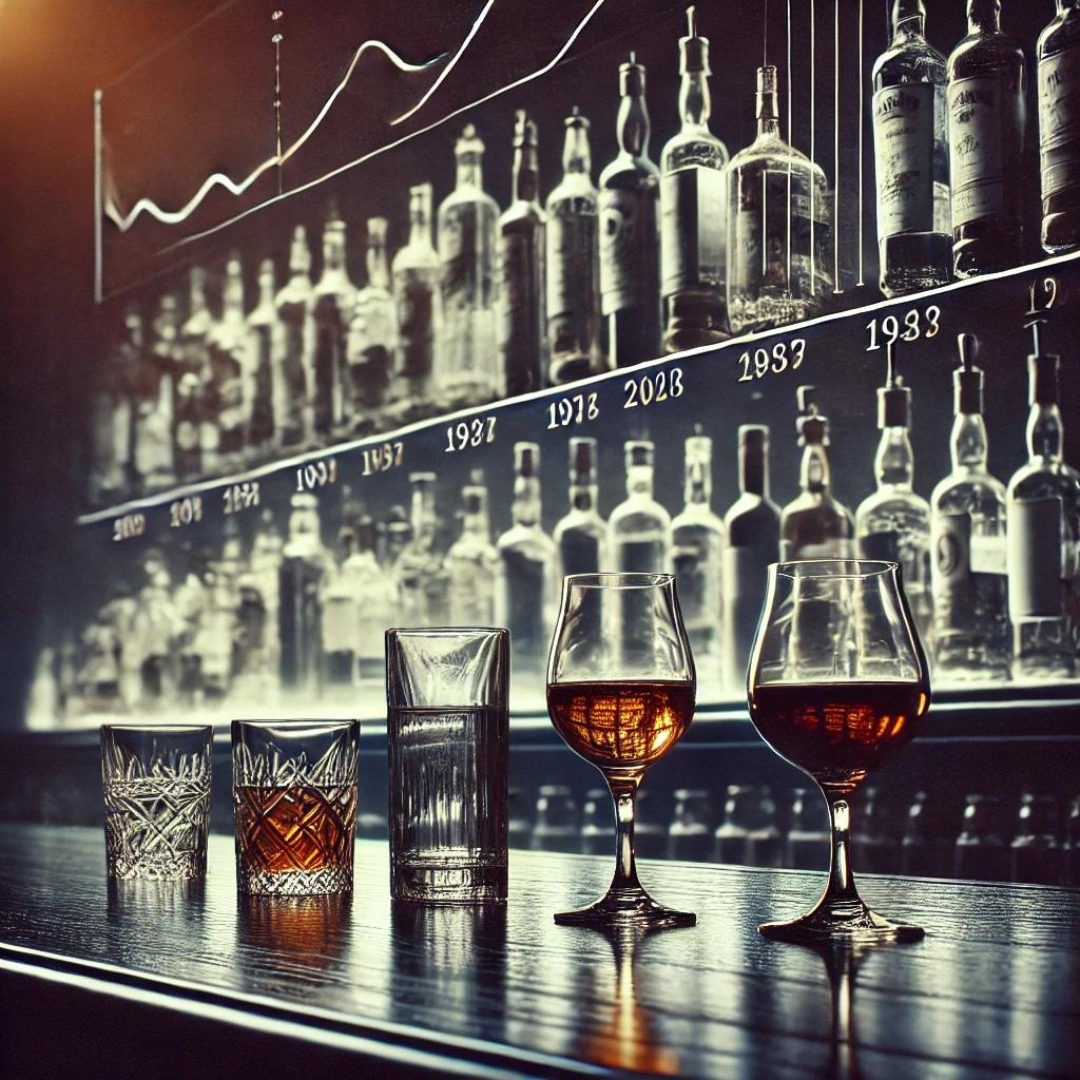Introduction: The Curious Case of Drinking
Why do people start drinking? It’s a question as old as time, tangled with intrigue and social rituals. Picture a group of friends at a party, laughter echoing through the room as glasses clink in celebration. It’s more than just alcohol; it’s about connection, experiences, and the magnetic pull of curiosity. This journey into the world of drinking begins with that first sip, often leading to a cascade of reasons and motivations.
From the teenage years, where peer pressure and the desire to fit in often ignite the first taste, to adulthood, where stress relief and social bonding become key drivers, the reasons are as varied as they are compelling. It’s not just about the drink itself but what it represents – freedom, rebellion, or simply a way to unwind after a long day.
In this article, we will explore the myriad reasons behind why people start drinking. We’ll delve into the social, psychological, and cultural factors that make alcohol an appealing choice. So, grab a seat and perhaps a drink (non-alcoholic if you prefer), as we embark on a fascinating journey into the curious case of drinking.
Table of Content
- Introduction: The Curious Case of Drinking
- The Role of Social Influences
- Psychological Factors Behind Drinking
- Environmental and Situational Factors
- Adolescence and Early Adulthood
- Influence of Marketing and Advertising
- The Social and Cultural Context
- Conclusion: Reflecting on Drinking Initiation
- FAQs About Why People Start Drinking
The Role of Social Influences
Friends and Family Impact on Drinking
Friends and family often play pivotal roles in shaping our drinking habits. Social gatherings with loved ones frequently involve alcohol, creating an environment where drinking becomes normalized. The pressure to fit in with a group can lead individuals to consume alcohol even if they initially have no interest in it. In many cases, the first experience with alcohol happens in a familial setting, perhaps during a holiday celebration or a casual dinner.
In my opinion, the attitudes and behaviors of those closest to us significantly influence our own choices. If parents or siblings regularly consume alcohol, it may be perceived as a typical, acceptable behavior. This dynamic can either encourage moderate, responsible drinking or, conversely, lead to excessive consumption. Close relationships can set the tone for how one views and engages with alcohol throughout life.
Media and Cultural Norms of Drinking Habits
Media portrayal of alcohol plays a substantial role in how drinking is perceived. Television shows, movies, and advertisements often glamorize alcohol consumption, presenting it as a key element of a fun and fulfilling life. Celebrities endorsing alcoholic beverages further reinforce the idea that drinking is stylish and desirable. This constant exposure can subconsciously influence individuals, especially young adults, to view alcohol as an essential part of socialization and enjoyment.
Cultural norms also heavily impact drinking habits. In some cultures, alcohol is an integral part of social rituals and celebrations, deeply embedded in traditions and customs. For instance, in many European countries, drinking wine with meals is a common practice, reflecting a cultural acceptance of alcohol. Conversely, in cultures where alcohol is stigmatized or prohibited, people may have less exposure and different attitudes towards drinking. These cultural frameworks shape how individuals approach and consume alcohol.

Psychological Factors Behind Drinking
Coping Mechanism for Stress and Emotions
Alcohol is often used as a coping mechanism to deal with stress and emotional turmoil. The temporary relief provided by alcohol can seem like a quick fix for those struggling with anxiety, depression, or overwhelming stress. It numbs the senses and provides a fleeting sense of relaxation, making it an attractive option for many. However, this reliance on alcohol can quickly become problematic, leading to dependency and exacerbating underlying issues.
Over time, using alcohol to manage stress can create a vicious cycle. The more one drinks to cope, the more tolerance builds up, requiring larger amounts to achieve the same effect. This can lead to increased consumption and potential addiction. Moreover, the temporary relief is often followed by worsened emotional states once the effects wear off, creating a need for more alcohol to maintain the sense of calm.
Seeking Pleasure and Euphoria through Alcohol
Many individuals turn to alcohol in pursuit of pleasure and euphoria. Alcohol can enhance mood, reduce inhibitions, and make social interactions more enjoyable. The initial buzz can create a sense of happiness and escape from the mundane or stressful aspects of life. This desire for pleasure and a break from reality can drive people to drink more frequently and in larger quantities.
However, chasing this euphoria comes with risks. The more one seeks out the highs provided by alcohol, the more they might neglect other sources of joy and fulfillment. Dependence on alcohol for pleasure can lead to a diminished ability to find happiness in everyday activities and relationships. It can also result in negative consequences, such as health problems and strained personal relationships, overshadowing the temporary moments of euphoria.
Related Article:
Environmental and Situational Factors of Drinking
Environmental and Situational Factors of Drinking
The availability and accessibility of alcohol significantly impact drinking behavior. In environments where alcohol is readily available, people are more likely to consume it. Liquor stores, bars, and restaurants that serve alcohol contribute to its pervasive presence. Additionally, the legal drinking age and enforcement of alcohol regulations play crucial roles. In regions with lax enforcement or lower legal drinking ages, individuals tend to start drinking earlier and more frequently.
Easy access can lead to casual drinking becoming a habitual activity. When alcohol is effortlessly obtainable, it may become a default choice for socializing or relaxation. This convenience often reduces the perceived risks and barriers associated with drinking, making it a more common part of everyday life. The ubiquity of alcohol in social settings reinforces its normalization, further encouraging its consumption.
Special Occasions and Celebrations
Special occasions and celebrations are often associated with drinking, making them significant factors in initiating alcohol use. Weddings, birthdays, holidays, and other festivities typically involve alcohol, creating an expectation for attendees to drink. These events provide a social setting where drinking is not only accepted but encouraged, leading many to try alcohol for the first time.
Such occasions often serve as a rite of passage, especially for younger individuals. The festive atmosphere and the presence of peers can create a sense of camaraderie, making the experience enjoyable and memorable. However, this can also set a precedent for associating alcohol with positive emotions and social bonding. Over time, these associations can lead to increased frequency of drinking during various social events, establishing a pattern that extends into regular life.

Adolescence and Early Adulthood Drinking
Risk-Taking and Experimentation with Alcohol
Adolescence is a period characterized by risk-taking and experimentation, making it a common time for individuals to try alcohol. The desire to explore new experiences and assert independence drives many young people to engage in activities that push boundaries, including drinking. This experimentation is often fueled by curiosity and the allure of adult behaviors.
The propensity for risk-taking in youth can lead to dangerous drinking behaviors, such as binge drinking. Adolescents may not fully understand the consequences of excessive alcohol consumption, leading to risky situations and potential harm. The thrill of breaking rules and the social acceptance gained from drinking can further reinforce these behaviors, making it a prevalent issue among teenagers.
Identity Formation and Peer Pressure
During adolescence and early adulthood, identity formation is a crucial developmental task. Peer influence plays a significant role in this process, as individuals seek acceptance and validation from their social groups. Drinking often becomes a way to fit in and establish social connections. Peer pressure can be explicit, with friends encouraging drinking, or implicit, through the desire to emulate admired peers.
Alcohol can also serve as a tool for identity exploration. Trying different social roles and behaviors, including drinking, helps young people shape their sense of self. However, reliance on alcohol to form an identity can lead to problematic drinking patterns. The need to conform to peer expectations and the pressure to participate in social drinking can overshadow personal values and lead to long-term issues with alcohol use.
Influence of Marketing and Advertising
Alcohol Advertising Tactics
Alcohol advertising tactics are designed to captivate and persuade consumers. Advertisers employ various strategies, such as associating alcohol with positive emotions, attractive lifestyles, and social success. Through clever imagery and catchy slogans, advertisements create an alluring picture of what life could be like with their product. These messages often emphasize fun, relaxation, and sophistication, appealing to consumers’ desires and aspirations.
Targeting specific demographics is another key tactic. Alcohol ads frequently focus on young adults, portraying drinking as a rite of passage into adulthood. They leverage popular culture, social media, and digital platforms to reach this audience effectively. The impact of these advertisements is significant, often shaping attitudes toward alcohol and influencing individuals to start or continue drinking.
Sponsorships and Brand Endorsements
Celebrity endorsements and sponsorships play a powerful role in shaping drinking behavior. When celebrities endorse alcohol brands, they lend their credibility and influence to the product. Fans who admire these celebrities are more likely to purchase and consume the endorsed alcohol, believing it enhances their social image or aligns them with their idols. This can lead to increased brand loyalty and consumption.
Sponsorships of events, such as music festivals and sports tournaments, also normalize and glamorize drinking. These events often feature prominent branding and exclusive alcohol partnerships, creating an environment where alcohol consumption is integral to the experience. This widespread visibility reinforces the association between alcohol and enjoyable, prestigious activities, further embedding drinking into social and cultural practices.

The Social and Cultural Context
Drinking Rituals and Traditions
Drinking rituals and traditions are deeply embedded in many cultures, normalizing and encouraging alcohol consumption. These rituals can range from toasting at weddings to sharing a bottle of wine at family dinners. Such practices create a sense of community and continuity, linking present celebrations to past traditions. They often carry significant cultural meaning, making alcohol a symbol of festivity and unity.
In many societies, these rituals start early in life, with children observing adults drinking during special occasions. This early exposure can shape perceptions of alcohol as a natural and essential part of social interactions. As individuals grow, they often continue these practices, perpetuating the cultural norms that associate drinking with celebration and connection.
Community and Societal Expectations
Societal expectations exert substantial pressure to conform to drinking norms. In many communities, drinking is seen as a standard social activity, and abstaining can sometimes lead to social exclusion or stigma. The expectation to drink is often implicit, woven into the fabric of social interactions, from casual get-togethers to formal events. This pressure can make it challenging for individuals to refuse alcohol without feeling out of place or judged.
These societal norms can also influence how much and how often people drink. For instance, in cultures where heavy drinking is seen as a sign of masculinity or strength, individuals may feel compelled to drink excessively to fit in. Conversely, in societies that value moderation, individuals may be more likely to drink responsibly. Understanding and navigating these societal expectations is crucial for making informed and healthy choices about alcohol consumption.
Conclusion: Reflecting on Drinking Initiation
Understanding why people start drinking is a multifaceted journey, intertwined with social influences, psychological needs, and cultural contexts. From the initial sip taken out of curiosity or peer pressure to the deeper, more ingrained habits formed over time, the reasons behind alcohol consumption are as diverse as individuals themselves. It’s clear that drinking is rarely just about the beverage; it’s often about the experience and the environment in which it occurs.
Reflecting on the various factors that drive people to start drinking can offer valuable insights into their drinking behaviors. Recognizing the impact of friends, family, media, and societal norms allows individuals to make more informed decisions about their alcohol consumption. By understanding these influences, we can foster healthier relationships with alcohol and potentially mitigate the risks associated with its use.
As we navigate our personal and social landscapes, it’s essential to remain aware of the reasons behind our choices. Encouraging open conversations about drinking, promoting responsible consumption, and providing support for those who wish to abstain are crucial steps in creating a balanced and healthy drinking culture. Whether you choose to drink or not, understanding the roots of these habits empowers you to make choices that align with your values and well-being.
FAQs About Why People Start Drinking
What are the main reasons people start drinking?
People start drinking for various reasons, including social influences, curiosity, and the desire to fit in. Peer pressure, family habits, and cultural norms also play significant roles. Additionally, individuals may turn to alcohol to cope with stress, enhance social interactions, or seek pleasure and relaxation.
How does peer pressure influence drinking?
Peer pressure significantly impacts drinking behavior, especially among teenagers and young adults. The desire to fit in and be accepted by a social group can lead individuals to drink even if they initially have no interest. Friends who drink can normalize alcohol consumption, making it seem like a typical, necessary activity.
Are there genetic factors in alcohol use?
Yes, genetic factors can influence alcohol use. Some people may have a genetic predisposition to alcoholism, making them more susceptible to developing a dependency. Family history plays a crucial role, as certain genetic traits can affect how individuals metabolize alcohol and their likelihood of developing addiction-related behaviors.
What role does media play in drinking habits?
Media plays a substantial role in shaping drinking habits by glamorizing alcohol consumption. Advertisements, movies, and social media often portray drinking as fun, sophisticated, and integral to social success. These portrayals can create positive associations with alcohol, influencing individuals to start drinking and perceive it as a normal, desirable behavior.
How can one resist social pressure to drink?
Resisting social pressure to drink involves being assertive and having clear personal boundaries. One can decline politely, offer alternatives like non-alcoholic beverages, or suggest activities that don’t involve alcohol. It’s also helpful to surround oneself with supportive friends who respect your choices and to practice confidence in saying no.










